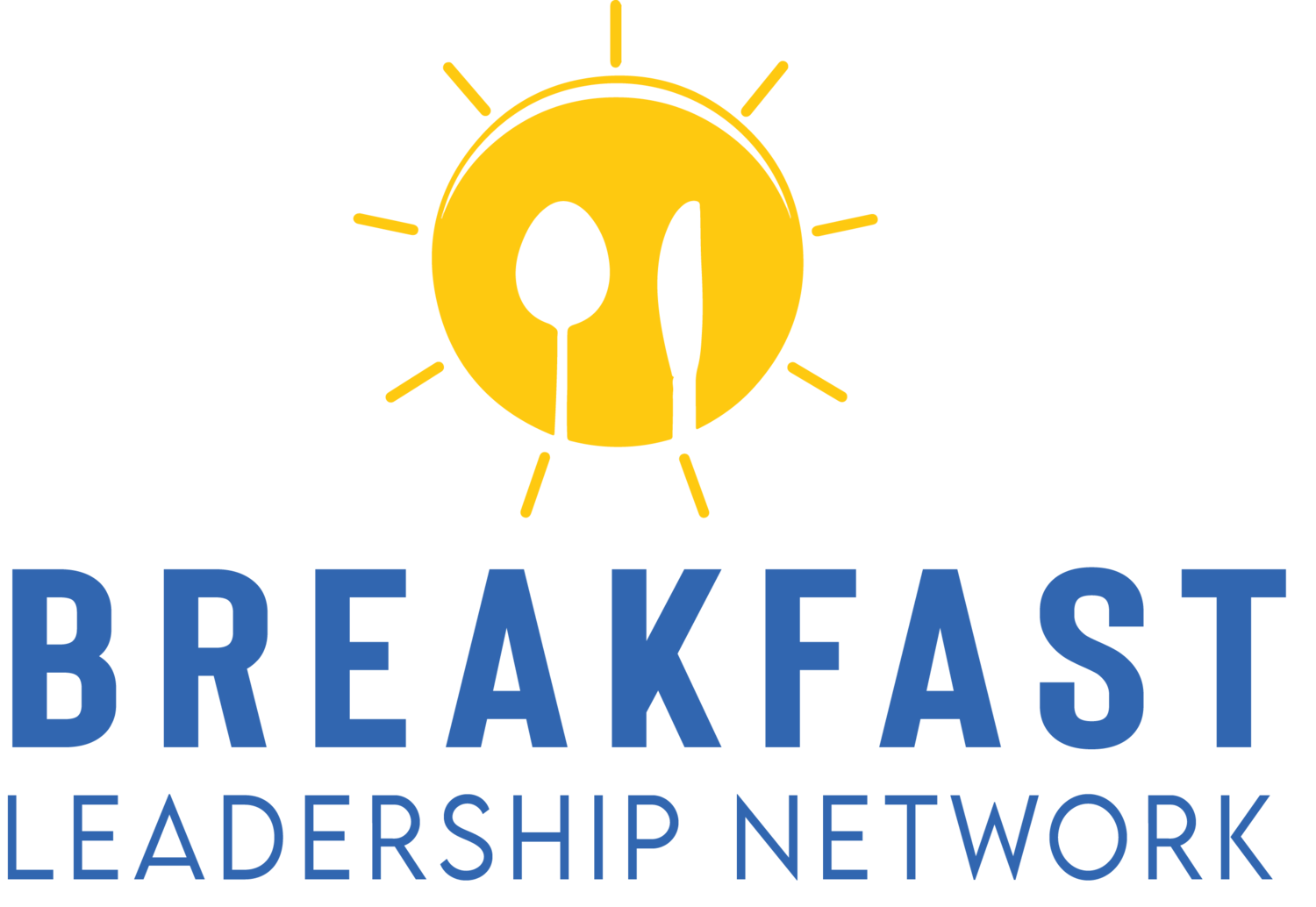A Strategy Guide for Helping Local Businesses Stay Resilient During Economic Shifts
Local businesses have always operated close to the edge—tight margins, lean teams, and customer loyalty built block by block. But when economic conditions shift rapidly, those who adapt with clarity and pace are the ones who stay standing. Survival isn’t just about trimming costs. It’s about building systems that flex, communities that collaborate, and strategies that move when the ground does. Here’s how to do that with urgency, depth, and the kind of street-level wisdom that keeps lights on and doors open.
Track the Signals Before They Turn Into Storms
When the economy twitches, most small business owners feel it before the analysts do. Foot traffic dips, inventory stalls, and phone calls take on a new tone. If you want to move before you're forced to, you need to spot regional economic trend shifts as they’re happening—not months later. Pay close attention to what customers stop asking for, what local suppliers are warning about, and where cash is getting sticky. Patterns start small: an increase in short-term rentals, a slowdown in vendor payments, a hesitancy in purchasing higher-margin items. That’s your early radar. This is less about forecasting GDP and more about feeling the pulse of your own neighborhood.
Invest in Education That Arms You for Uncertainty
If the last few years proved anything, it’s that waiting to "figure it out later" is a losing strategy. Learning isn’t optional—it’s your insurance policy. A lot of local business owners are turning to online business degree accreditation programs not to become academics, but to get smarter about cash flow, marketing, legal structure, and scale. The flexibility of online models lets you work and study, building financial literacy and strategic decision-making that’s actionable from day one. Education doesn’t just help you manage downturns—it helps you see them coming, and reshape your response with clarity.
Defend What Matters While Seizing the Moment
If you're waiting for perfect conditions to make your next move, you'll be waiting while others build. A strong approach is to pair cost discipline with opportunistic growth. That means cutting waste fast, but also knowing when to spend—strategically. Can you scoop up discounted equipment from a closing competitor? Hire a skilled worker who just left a tech firm? Open a side offering that’s low-overhead but high-need? The businesses that survive downturns don’t just play defense. They find the cracks and pour in concrete. Be ruthless with expenses that don’t produce revenue, but be bold in capturing attention while others are retreating.
Fuel the Local Loop—Every Dollar Counts
Circulation is the lifeblood of local economies. Every time a dollar stays local—moving from a café to a farm to a contractor—it strengthens the whole system. That’s why your decisions as a business owner echo far beyond your storefront. Whether you're sourcing bread from a local bakery or sharing resources with a neighboring shop, you’re helping boost local spending circulation in ways that big box chains can’t. Incentivize your customers to buy local by showing them the loop they're part of. Collaborate with nearby vendors for bundles, events, or shared promos. Make the network visible, tangible, and beneficial.
Create Shared Infrastructure, Not Just Standalone Stores
You’re not just a retailer or a café owner—you’re a node in a larger community system. Real resilience comes when businesses stop going it alone and start embedding cooperative community hubs into their everyday models. Look at small towns where the locals bought their pub or co-owned a hardware store. That’s not nostalgia—that’s modern strategy. It brings in investment, distributes responsibility, and forges real loyalty. Check out examples like the revived village-owned pub in the UK, where residents took over a beloved space and made it sustainable again. Ask yourself: What do we build together that none of us could sustain alone?
Let Customer Loyalty Drive Digital Expansion
Being hyper-local doesn’t mean being offline. Your community wants to support you—but they also want convenience, communication, and continuity. When you lean into their loyalty, you can leverage community support for digital expansion that’s grounded in trust, not algorithms. Think QR reordering for repeat buyers, email updates on product drops, or even shared discount codes for events and tools. This isn’t tech for tech’s sake—it’s tech with soul. Use your community’s voice to guide your digital choices, and make every click reflect the same warmth as a face-to-face transaction.
Push for Smarter Policy, Not Just Band-Aids
Economic survival isn’t just about grit. It’s also about getting the support systems aligned with your effort. That’s why it's time to target workforce training subsidies and push for small business incentives that actually work. Local leaders respond to stories, not spreadsheets—so share yours. Show how a microloan saved a legacy shop, or how training grants helped you avoid layoffs. Incentives that prioritize small, rooted firms have shown massive ROI—especially when directed to workforce development and local service hubs. Don’t wait for policy to come to you. Be part of the case for why your community deserves better tools, not just sympathy.
Shifts are inevitable. But collapse isn’t. Every storm is also a signal—of what must change, what must go, and what might finally grow. Local businesses don’t need to mimic big brands. They need to stay agile, stay human, and use every asset at their disposal: customer loyalty, shared space, scrappy tech, and relentless learning. Economic change doesn’t reward panic. It rewards those who can hear the faint rattle before the full quake and pivot with poise. Root deeper. Move smarter. And above all, keep the lights on—not just in your shop, but across the block.
Discover strategies to enhance your leadership skills and prevent burnout by visiting Breakfast Leadership Network today, and explore their top-ranked podcast, insightful articles, and free burnout survey!
